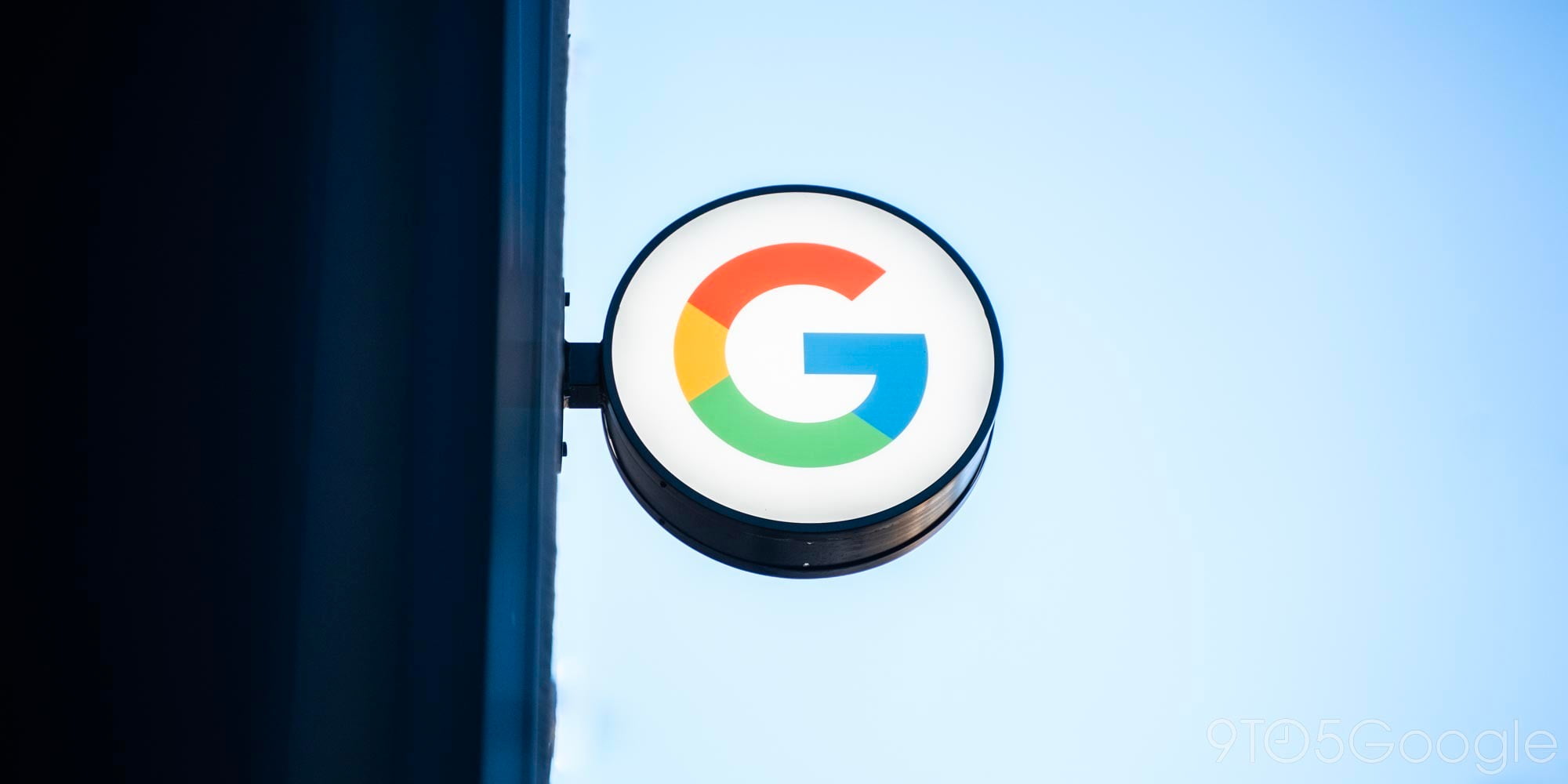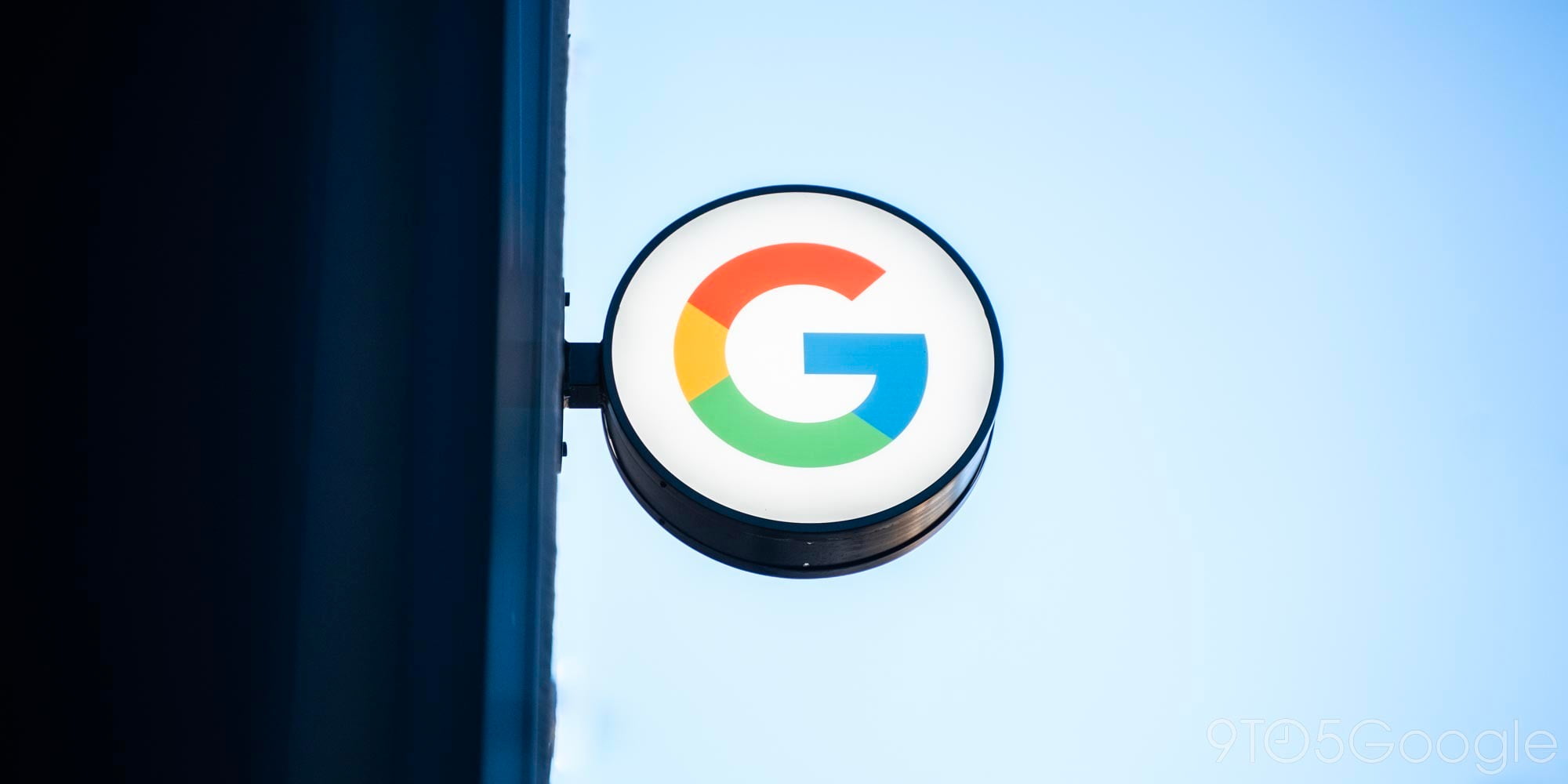
When I wrote for Fortune in 2010 that inexpensive hardware would allow Android to ‘take over the world’, the concept of smartphones that were priced only slightly above feature phones was just starting to take hold. Fast forward three years and Android has by some accounts cleared 80% of the world smartphone market. The low end of that Android spectrum, with the exception of a few mediocre handsets (LG’s Optimus line comes to mind), has been, frankly, a mess.
Today there is a truly great, inexpensive Android phone that costs less than $200 unsubsidized, and it is made by Google’s Motorola division. I’ve tested the Moto G for the past week and a half and I love it. It could easily replace any high end handset on a day to day basis in terms of speed and functionality. The one caveat being the camera is mediocre, but still functional.
I’ll rundown the specs, but the important thing to consider is the price and positioning of Google (and believe me, this is a Google phone, not an old Motorola one).
The $179/$199 8GB/16GB Motorola G comes with a 4.5-inch 720P display, which isn’t the best by any means, but it also isn’t far from the best out there. I’ve argued for awhile that you can’t hardly make out the difference between 720P and 1080P on a display without some very close inspection. Even those with sub 20/20 vision don’t notice much day to day.
The G has a quad-core Snapdragon 400 processor which falls along the same lines: Not the best, but not far from it. It is a little heavier than what I’d now expect from a 4.5-inch display phone, but that heft is largely because of the all day 2,070 mAh battery.
This thing looks and behaves like a flagship Nexus phone…from last year – all the way down to the hardly-touched Android 4.3 interface. Motorola has promised some form of 4.4 Kitkat by the end of next month. With the veracity that they’ve been updating their Moto X handsets, I have little doubt that it will get done.
But what does this all mean? Why this phone at this price? Why now?
As Americans, its easy to forget there is a great big world out there full of people and companies and carriers that do things much differently than we do. In much of the world including the big emerging BRIC countries, Brazil, Russia, India and China, most folks don’t get a phone subsidized with a plan. Smartphone users in those countries also don’t have the $350 lying around for a Nexus 5 or lower range Samsung/LG/Nokia phone, let alone the $600 or so dollars that it costs for a HTC One, Galaxy S4 or iPhone.
- Nexus 4, Moto G, Nexus 5
- Nexus 4, Moto G, Nexus 5
- With the Box
- With Box and USB Cable
- Close up with usage
- Volume and power profile
- notice wrap around the glass
- Inside
- Nexus 4, Moto G, Nexus 5
- vs. iPhone 5S
- G, Nexus 5, Nexus 4 pile up
- Moto G Vs. iPhone screen/chrome
- Moto G Vs. iPhone screen/chrome
- Moto G Vs. iPhone screen/chrome
These next wave of pre-paid smartphone owners, often called “the next billion”, aren’t going to be getting flagship devices…well they won’t be paying flagship device prices anyway. The high end of the world is rapidly becoming saturated and the year over year updates aren’t blowing people away like they used to. That’s why Samsung recently guided its estimates downward.
Samsung has cut its smartphone sales target for 2014 from 360M handsets to 330M. The company’s original goal would have represented 25 percent year-on-year growth, now reduced to just 14 percent.The company is blaming saturation at the top end of the market, with many existing owners of flagship handsets having reduced their upgrade cycle from annual to bi-annual.
It is also why HTC is in trouble financially and Sony and LG continue to struggle to make a profit.
In the US and other first-world countries, these holdouts could be called the last 30% because of the 50-70% smartphone penetration already. For these folks, cost is a huge concern, not just up front but over time. For these folks, the low cost carriers like Boost, Virgin and T-Mobile make sense with their $30-$50/month plans vs. the premium Verizon and AT&T plans which often approach and surpass $100/month. Unfortunately, the inexpensive phones offered on Boost and Virgin have been so bad that they make feature phones look great. Technophobes can’t navigate around the messes caused by older versions of Android with sloppy manufacturer and carrier overlays.
To make matters worse for low-cost US buyers, Chinese carriers like ZTE and Huawai aren’t trusted by the US government and Huawei recently announced it would be exiting the US Market. Good news for the Moto G, which is not only inexpensive, but easy to use because of its vanilla Android implementation.
A great phone on its own won’t be a smash hit. The market is there and the phone is there to fill it. But getting the word to these people won’t be easy. Motorola/Google will have to pair up with carriers and get the word out globally that they have a solution for those who want to take the leap from feature phone to a truly great yet very inexpensive smartphone.

FTC: We use income earning auto affiliate links. More.






Comments